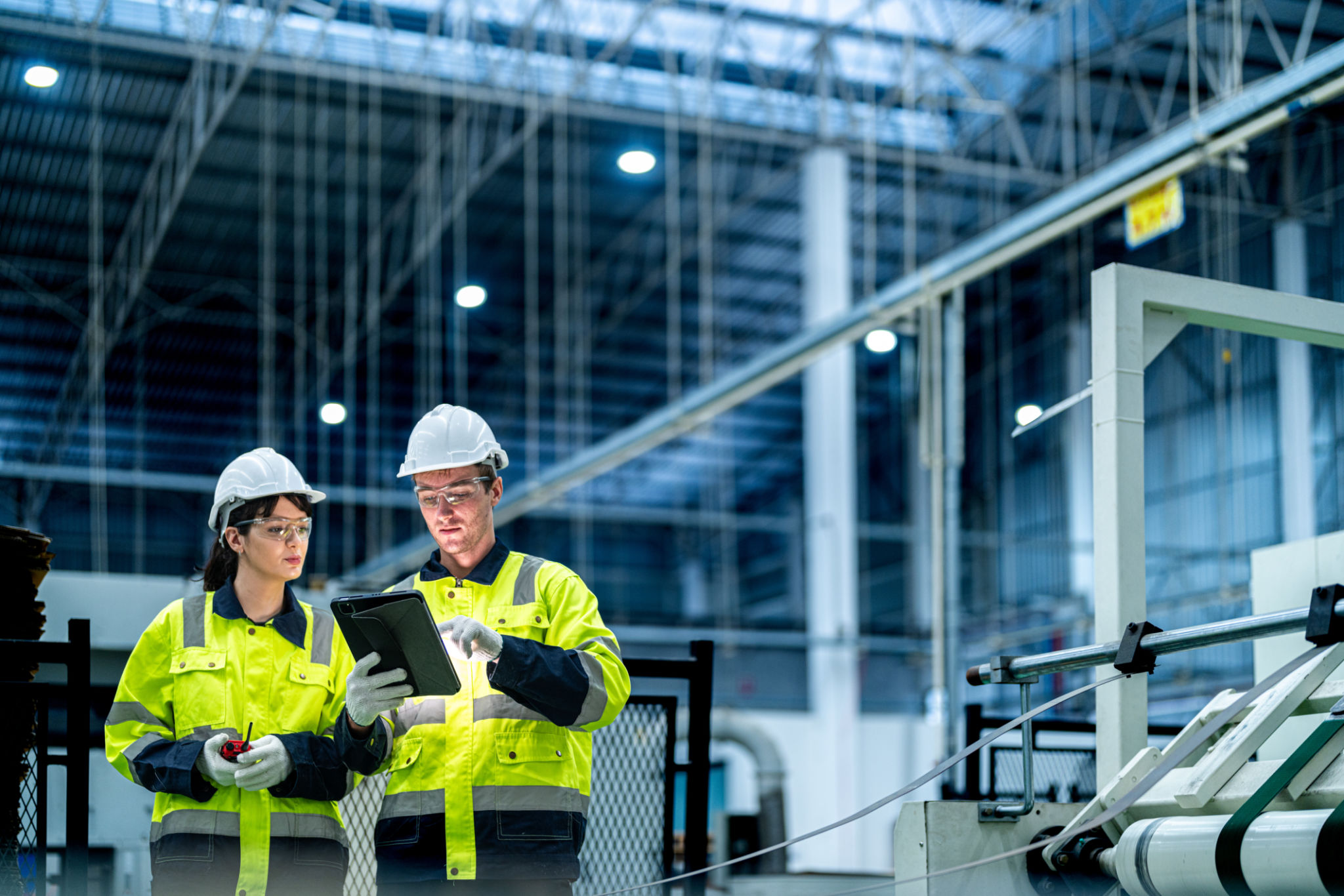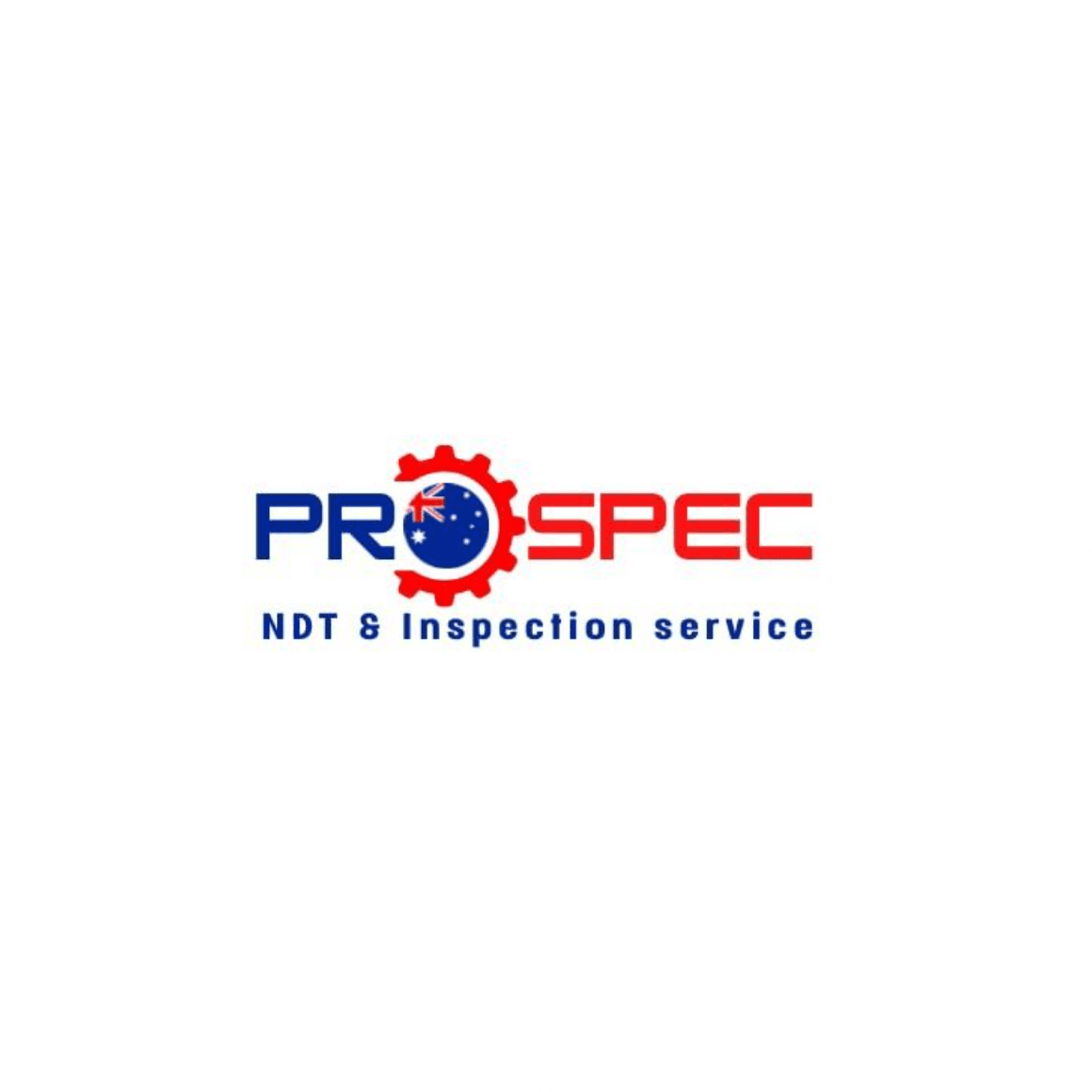Top Industrial Inspection Techniques in Thailand: What Sets Us Apart
Introduction to Industrial Inspection Techniques
In the industrial sector, maintaining high standards of safety and efficiency is crucial. In Thailand, this responsibility is met with cutting-edge inspection techniques that ensure compliance and operational excellence. Various industries rely on these inspections to adhere to regulatory standards and optimize their processes.
Industrial inspections in Thailand are characterized by precision and innovation. These inspections not only safeguard operations but also enhance productivity by identifying potential issues before they escalate. Here, we explore some of the top industrial inspection techniques that set us apart from the rest.

Non-Destructive Testing (NDT)
Non-Destructive Testing (NDT) is a cornerstone of industrial inspection. It allows for the assessment of materials and structures without causing any damage. This technique is invaluable in sectors such as oil and gas, manufacturing, and construction.
Ultrasonic Testing
Ultrasonic Testing uses high-frequency sound waves to detect imperfections or changes in material properties. It is widely used for weld inspections, thickness measurements, and detecting corrosion or erosion. The precision and reliability of ultrasonic testing make it a favored choice among industries in Thailand.
Radiographic Testing
Radiographic Testing employs X-rays or gamma rays to view the internal structure of components. This method is particularly effective for detecting hidden defects such as cracks or voids. The ability to produce detailed images of internal structures without disassembly makes radiographic testing crucial in many industrial applications.

Advanced Visual Inspection
Visual inspection remains a fundamental technique, but recent advancements have significantly enhanced its capabilities. In Thailand, visual inspections are now often supplemented with technologies like drones and AI-driven image analysis.
Drones for Aerial Inspection
Drones have revolutionized the way inspections are conducted, particularly in hard-to-reach areas. Equipped with high-resolution cameras and sensors, drones can quickly and safely assess large areas, providing comprehensive data for analysis.
AI-Driven Image Analysis
Artificial Intelligence (AI) is being increasingly integrated into visual inspections. AI algorithms can rapidly process vast amounts of visual data, identifying patterns or anomalies that might be missed by the human eye. This enhances accuracy and efficiency in inspections.

Thermographic Inspection
Thermographic inspection utilizes infrared cameras to detect heat variations in materials and equipment. This technique is particularly useful for electrical inspections, as it can identify overheating components that may indicate potential failure points.
The advantage of thermographic inspection is its non-contact nature, allowing for safe assessments without disrupting operations. Companies across Thailand leverage this method to maintain optimal performance and prevent costly downtime.
Conclusion
The industrial inspection techniques employed in Thailand are at the forefront of ensuring safety and efficiency across various sectors. By incorporating advanced technologies such as Non-Destructive Testing, drone-assisted visual inspections, and thermographic analysis, we not only uphold rigorous safety standards but also contribute to the seamless operation of industries.
As industries continue to evolve, so too will the methods of inspection, adapting to meet new challenges and opportunities. Embracing these cutting-edge techniques will be key to staying ahead in an increasingly competitive market.
